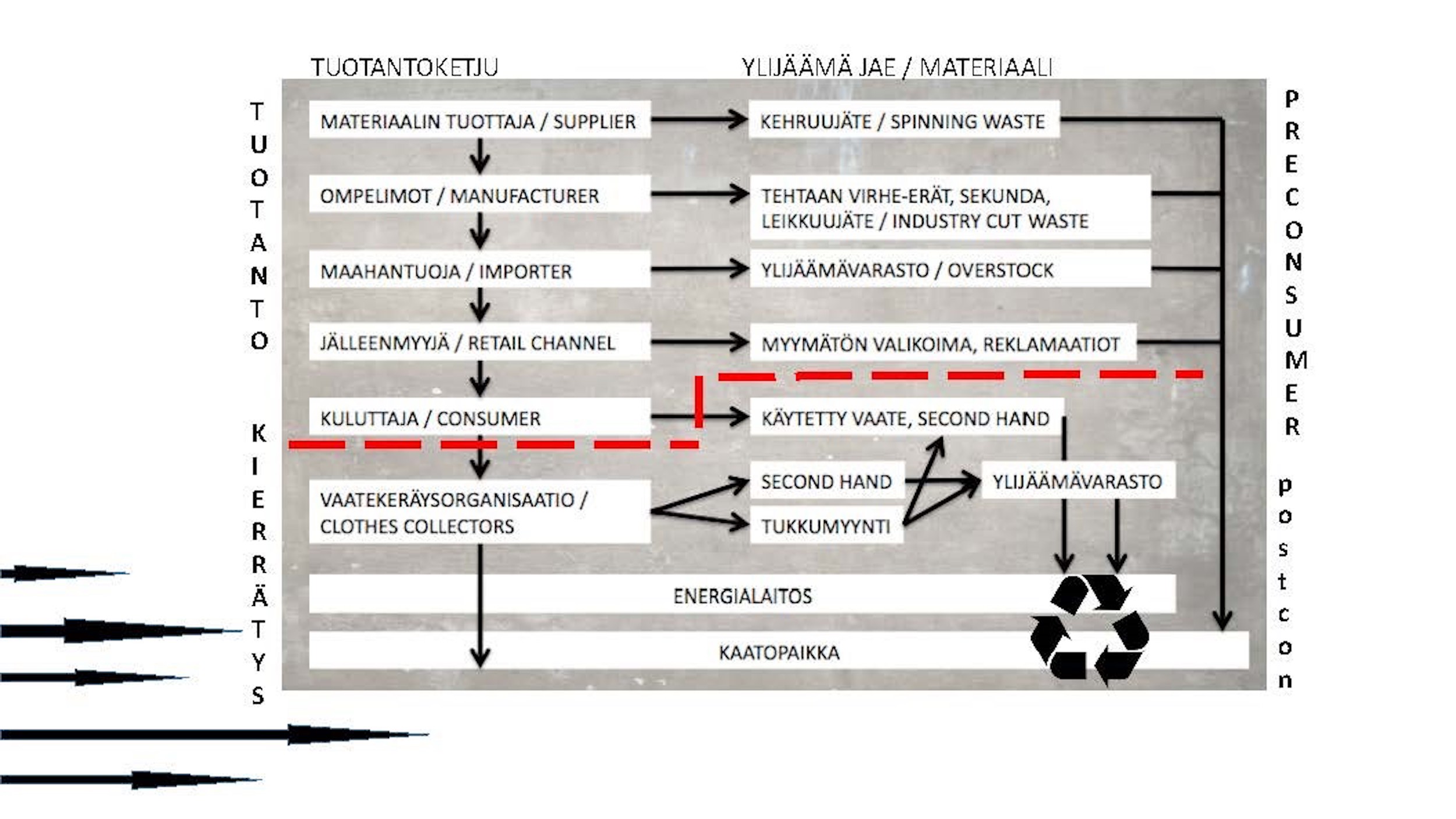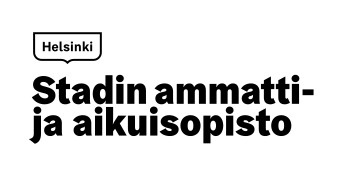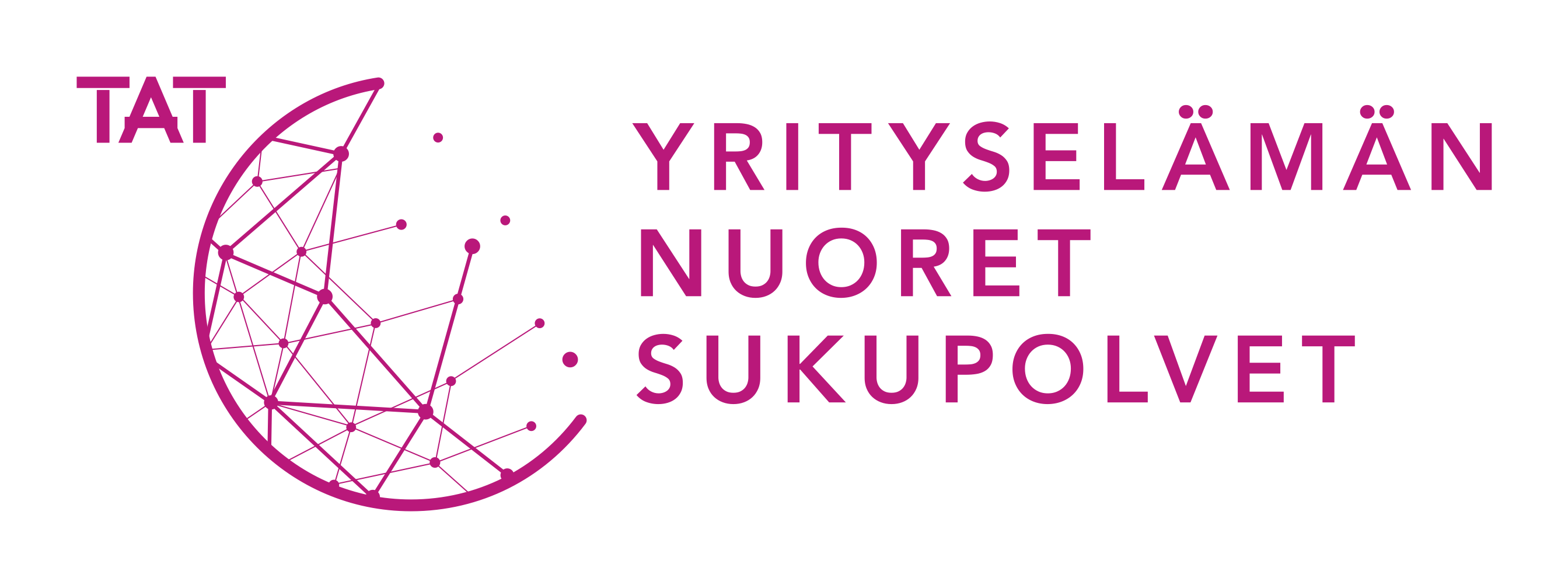Circular economy process
The most concrete and visible parts of the circular economy are its various production processes. When making observations about circular economy based activities, the observer easily gets stuck in the latter phase of the production process – the post-consumer phase. This phase is primarily about the lengthening of the product’s lifecycle either through recycling or its utilisation as some type of waste, primarily in energy generation. For the circular economy to be realised, it is necessary to take the types of waste generated in the creation of the product, i.e. the pre-consumer phase, and the different methods of preventing them into account. Every type of waste generated in the production process should be prevented either by adjusting the production method or by establishing a utilisation method for it in conjunction with the production phase. The chart below illustrates the basic production process in the textile and fashion industry with regard to the production of an item of clothing. The production phase is shown on the left, with the leftovers, or waste, generated in each production phase shown on the right.






